Racing circuits are more than just tracks—they’re battlegrounds where speed, skill, and history collide. From the legendary streets of Monte Carlo to the punishing curves of the Nürburgring, each circuit tells a story of triumph, challenge, and adrenaline-fueled drama.
These iconic venues push drivers to their limits, captivate fans with unforgettable moments, and stand as monuments to motorsport excellence. Here’s a look at 15 of the world’s most legendary racing circuits, where engineering mastery meets the relentless pursuit of speed and glory.
15. Circuit Zandvoort (Netherlands)
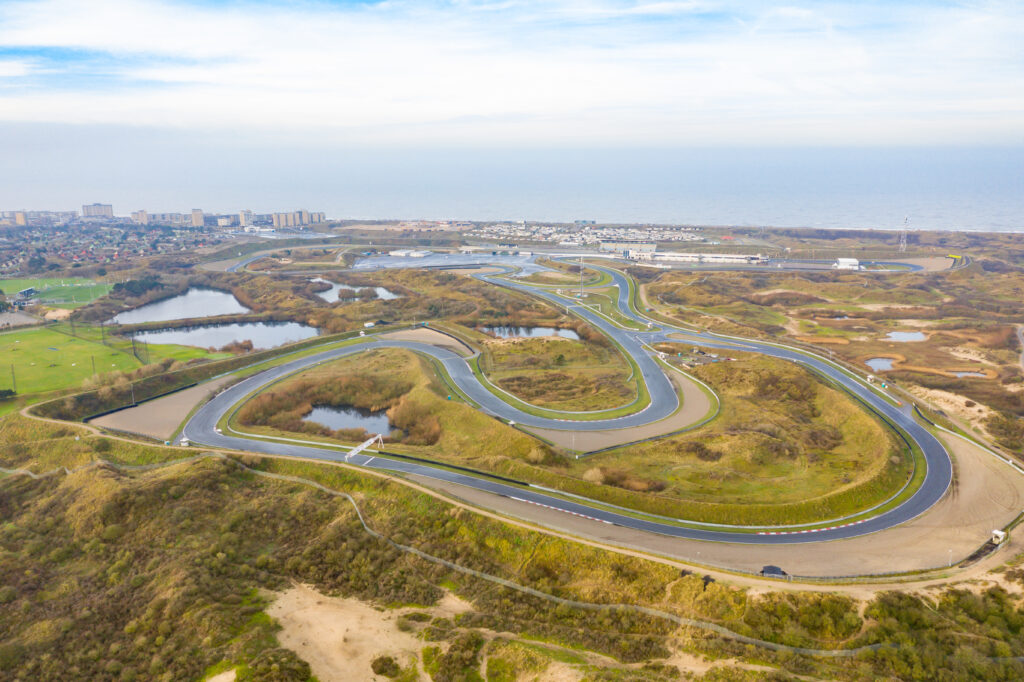
The Zandvoort circuit, nestled in the Dutch coastal dunes, has been a prominent part of Formula 1 history since 1952, when it first hosted a World Championship race. Known for its challenging layout and iconic Tarzan corner, the track underwent a major renovation in 2020, introducing two banked turns at Hugenholtz (Turn 3) and Arie Luyendyk (Turn 14). Since its return to the F1 calendar in 2021, Max Verstappen has dominated his home Grand Prix, winning three consecutive races from 2021 to 2023, reigniting the circuit’s popularity and making it a must-visit for racing enthusiasts.
14. Autodromo Enzo e Dino Ferrari (Imola, Italy)
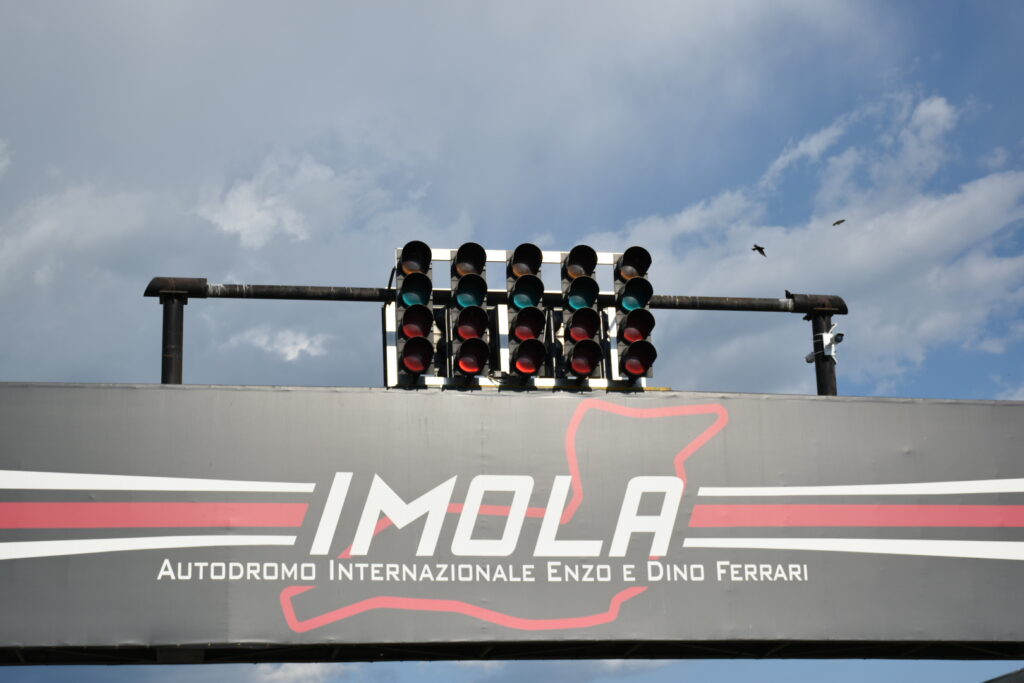
Imola, known for its challenging layout and rich F1 history, hosted the San Marino Grand Prix from 1981 to 2006. The circuit’s fast, flowing nature and iconic corners like Tamburello and Acque Minerali make it a driver favorite. After a 14-year absence, Imola returned to the F1 calendar in 2020, hosting the Emilia Romagna Grand Prix. The track underwent significant safety modifications after the tragic events of 1994, including changes to Tamburello.
13. Daytona International Speedway (United States)
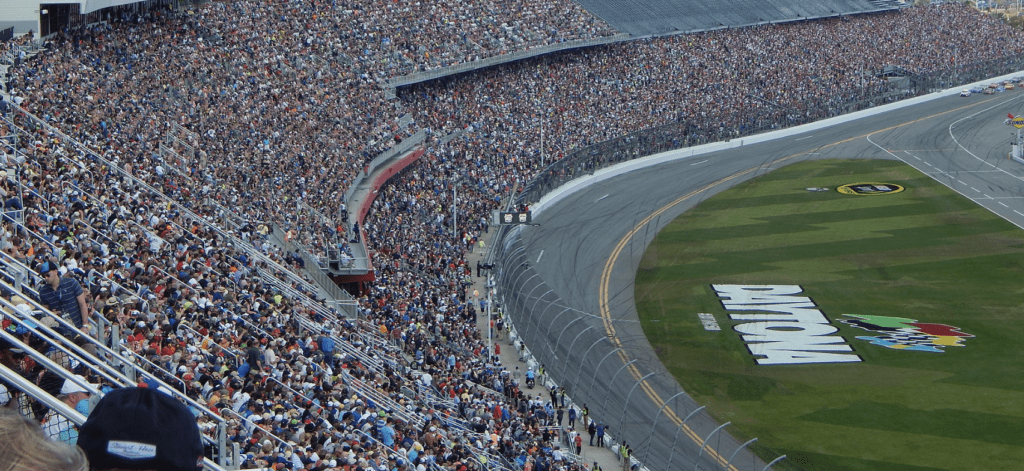
Daytona’s iconic 31-degree high-banked turns and 2.5-mile tri-oval layout have hosted thrilling NASCAR races since 1959. The Daytona International Speedway’s history began in 1953 when Bill France Sr. realized racing on the beach was numbered due to a growing population. Construction began in 1958, and the first Daytona 500 took place on February 22, 1959, in front of over 41,000 people. Home to the prestigious Daytona 500, the track also features a 3.810 mi (6.132 km) road course that was built in 1959 and first hosted a three-hour sports car race called the Daytona Continental in 1962. The speedway’s rich history and continuous innovations, such as the Daytona Rising project, make it a cornerstone of American motorsports.
12. Laguna Seca Raceway (United States)
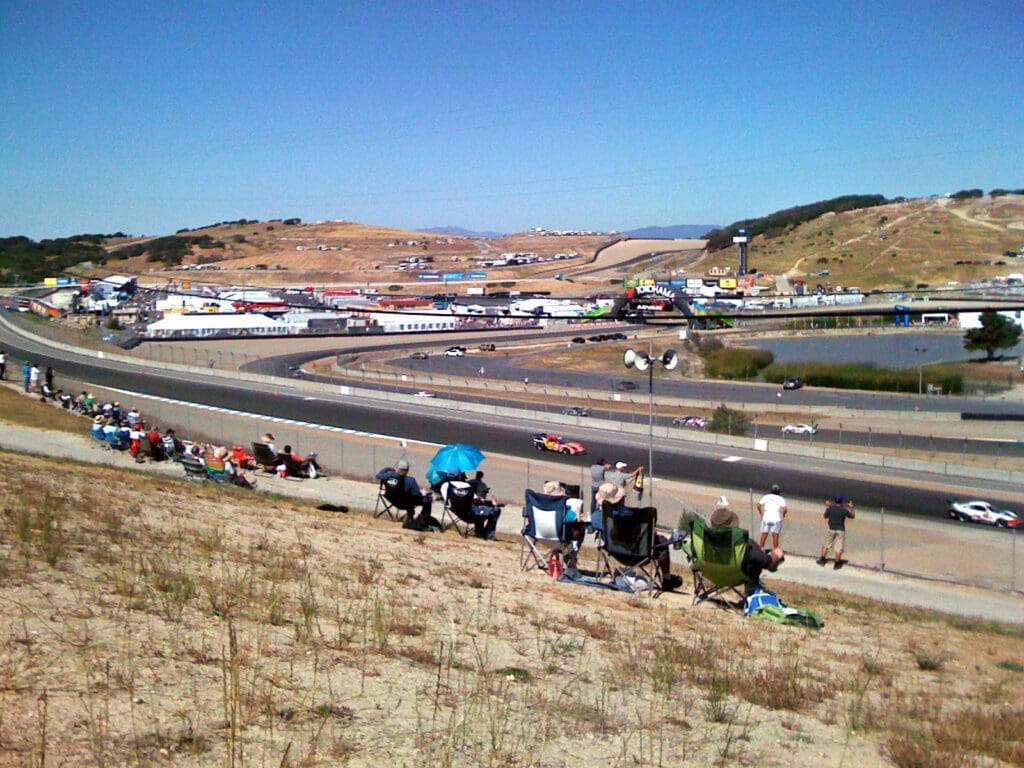
Built in 1957, Laguna Seca is renowned for its iconic Corkscrew turn. The 2.238-mile (3.602km) track has 11 corners, only three of which are named: the Andretti Hairpin, the Corkscrew, and Rainey Curve. It has hosted numerous racing series, including IMSA, IndyCar, and MotoGP. In 2023, the Mission Foods Start/Finish Bridge was added. The track was repaved sometime before November 9, 1957, when the first race was held.
11. Circuit Gilles Villeneuve (Canada)
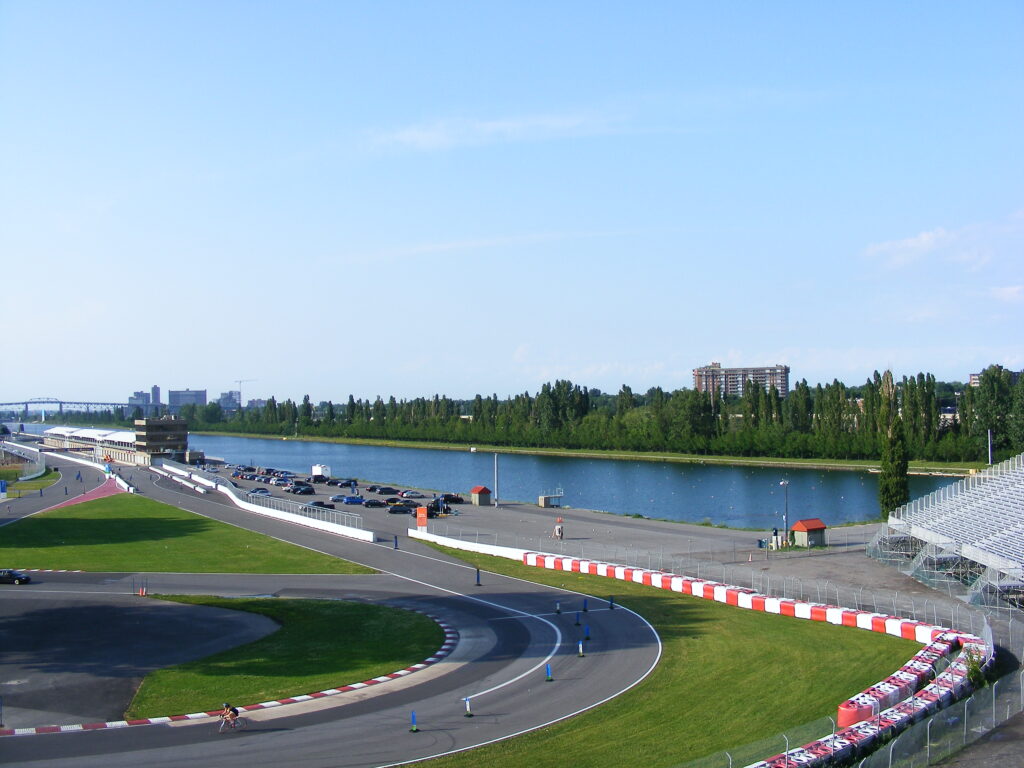
Circuit Gilles Villeneuve, built on Montreal’s man-made Notre Dame Island, has hosted thrilling Formula 1 races since 1978. Known for its challenging layout, the 4.361 km track features high-speed straights and tight chicanes, including the infamous “Wall of Champions,” which earned its name in 1999 after crashes involving multiple World Champions. The circuit’s unique blend of technical difficulty and scenic beauty makes it a favorite among drivers and fans alike.
10. Mount Panorama Circuit (Bathurst, Australia)
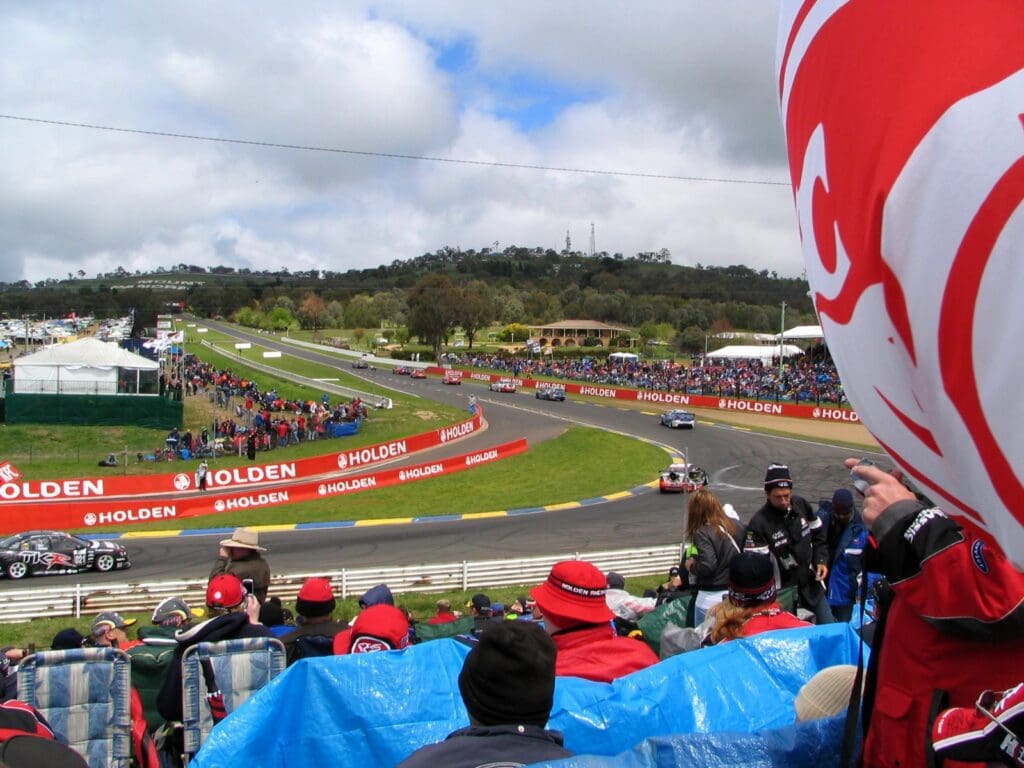
Built on Bathurst’s man-made Mount Panorama, this 6.213 km street circuit has been a motorsport icon since its opening in 1938. Known for its challenging layout, including a 174-meter elevation change, the track hosts the prestigious Bathurst 1000 and Bathurst 12 Hour races. Combining high-speed straights with technical mountain sections, it is used as a public road with a 60 km/h speed limit when not hosting events, making it a unique and versatile venue.
9. Autódromo José Carlos Pace (Interlagos, Brazil)
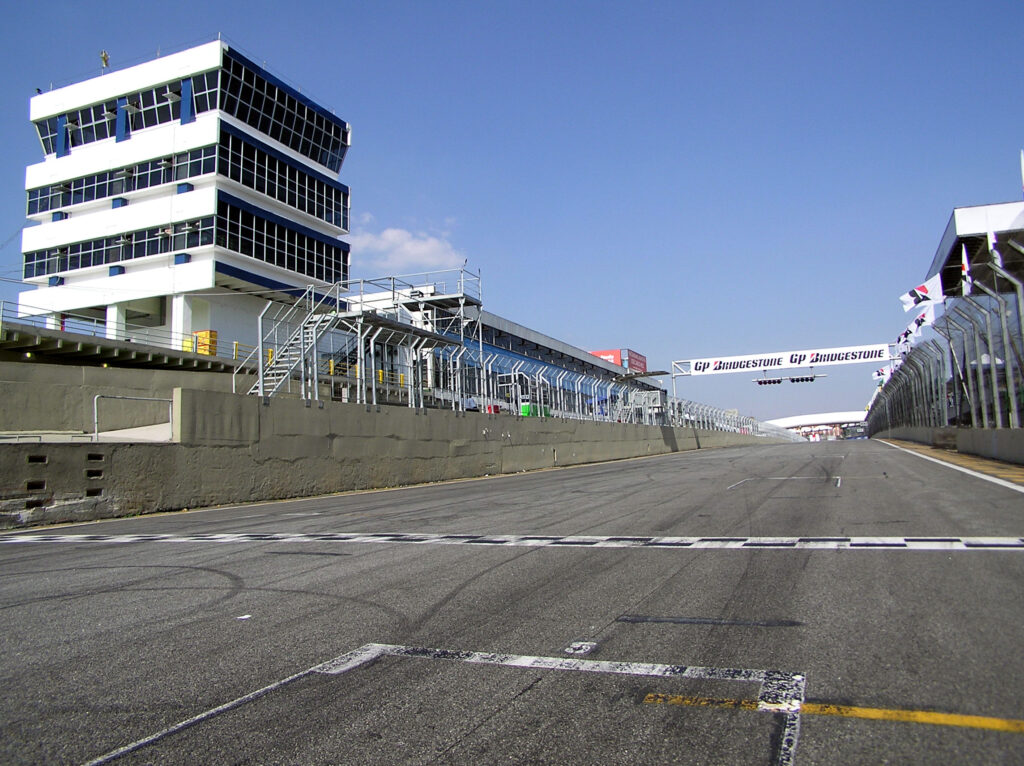
Interlagos, officially named Autódromo José Carlos Pace, is a legendary 4.309 km (2.677 mi) circuit in São Paulo, Brazil. Known for its challenging layout, dramatic elevation changes, and serpentine design, the track has been the home of the Brazilian Grand Prix since 1973, with the exception of the period from 1978-1989. The circuit runs counterclockwise, one of the few major international circuits to do so. The first corner is named after hometown hero, the late Ayrton Senna.
8. Indianapolis Motor Speedway (United States)
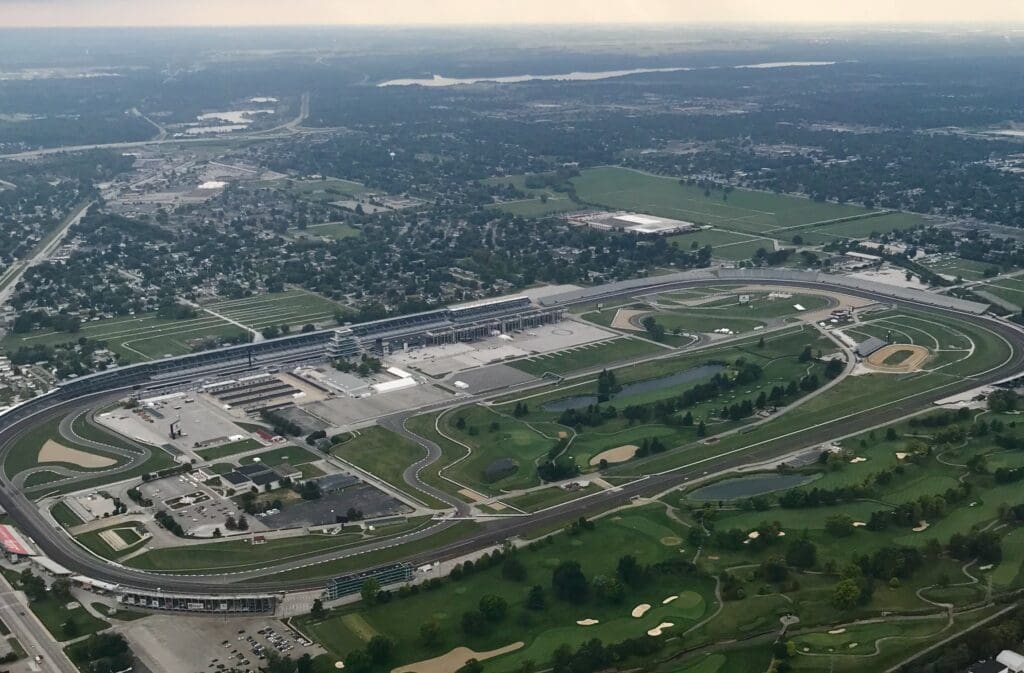
The Indianapolis Motor Speedway, opened in the spring of 1909, is known for hosting the legendary Indianapolis 500. The track is a 2.5-mile rectangular oval. The speedway got its nickname, “The Brickyard” because the original surface was made of 3.2 million bricks. Today, a 3-foot strip of the original bricks remains at the start/finish line. The track has a permanent seating capacity of over 250,000, making it one of the world’s largest sports venues. The speedway’s property covers 559 acres and includes a golf course with 4 holes inside the track.
7. Circuit de la Sarthe (Le Mans, France)
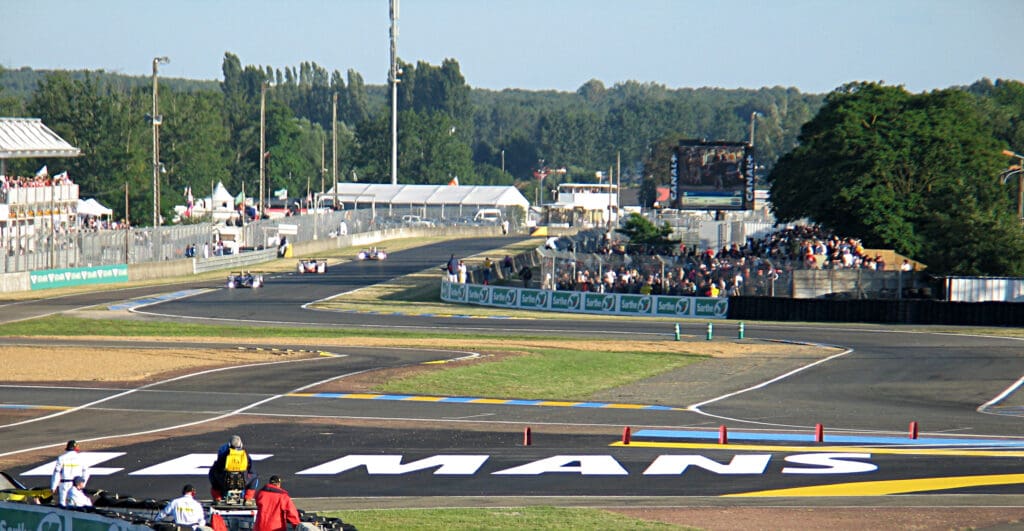
The Circuit de la Sarthe, home to the legendary 24 Hours of Le Mans, combines public roads with a permanent racing section. Since 1923, it has challenged drivers with its long Mulsanne Straight, which now includes two chicanes for safety, and iconic corners like Tertre Rouge. The circuit has evolved over time and currently measures 13.626 km, making it one of the longest and most demanding tracks in motorsport, testing both endurance and speed.
6. Suzuka Circuit (Japan)
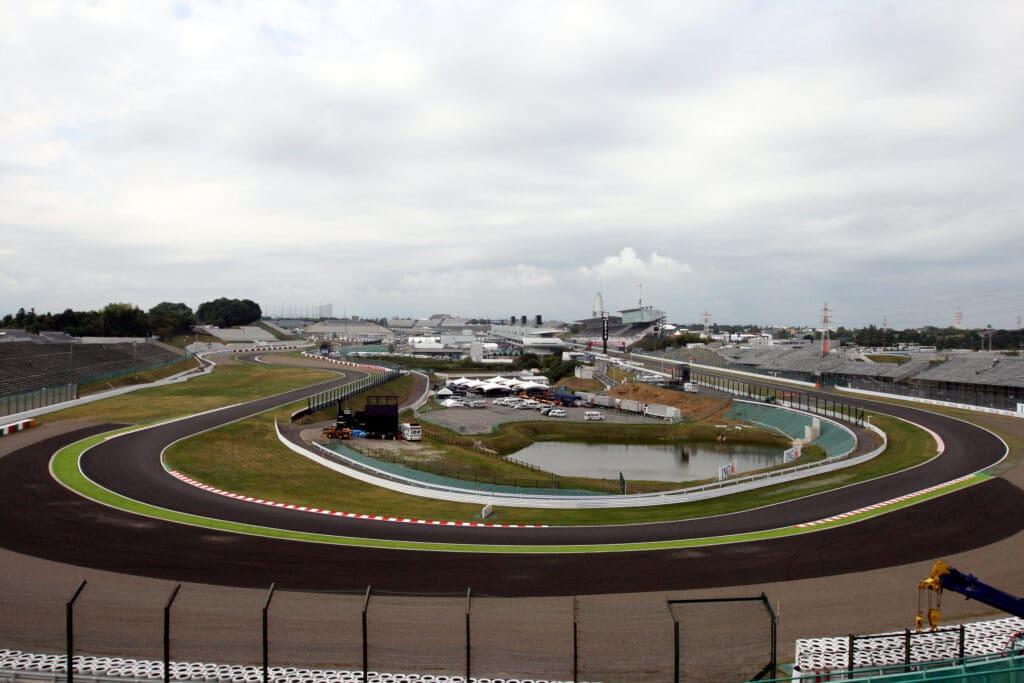
Suzuka Circuit, opened in 1962, is a challenging 5.807 km figure-eight track designed by Dutch engineer John Hugenholtz. Known for its unique layout and demanding corners like the 130R and Spoon Curve, it has hosted Formula One races since 1987, becoming a staple on the calendar. The circuit’s counterclockwise direction, elevation changes, and iconic sections make it a favorite among drivers and fans, cementing its rich motorsport heritage.
5. Nürburgring Nordschleife (Germany)
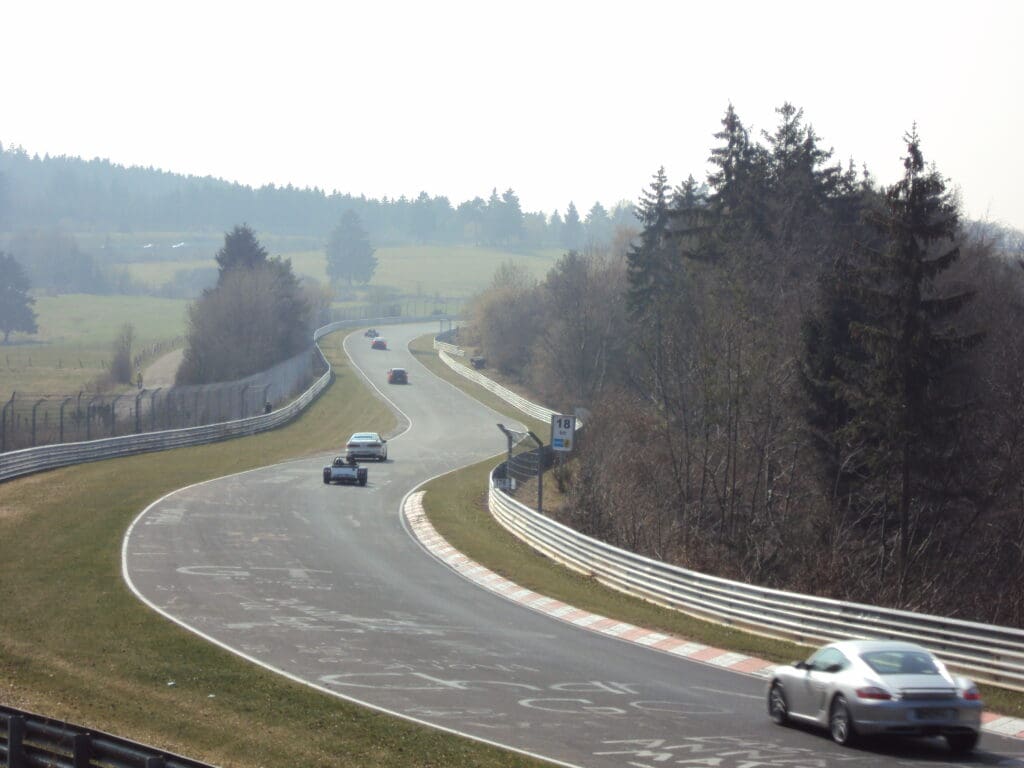
Known as “The Green Hell,” the Nürburgring Nordschleife is a legendary 20.832 km track that opened in 1927. It features over 170 corners and a maximum elevation difference of 300 meters, making it one of the most challenging circuits in the world. Renowned for its unpredictable weather and demanding terrain, it serves as the venue for the 24 Hours of Nürburgring, a race that combines the Nordschleife with the Grand Prix track to form a 25 km layout. The circuit has also been a testing ground for automakers and holds an unparalleled legacy in motorsports, with legendary drivers like Jackie Stewart famously dubbing it “The Green Hell.”
4. Autodromo Nazionale Monza (Italy)
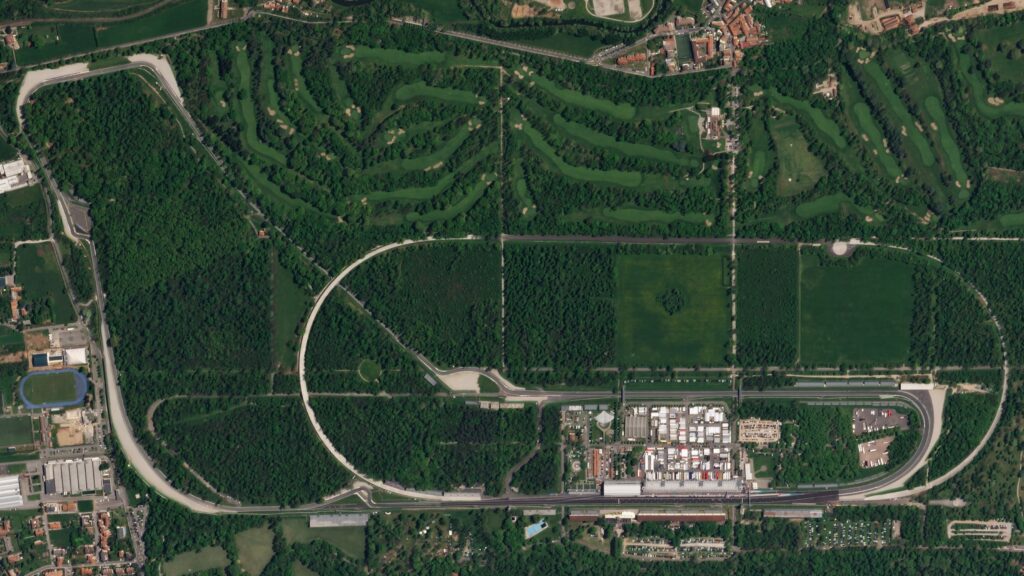
Built in 1922, the Autodromo Nazionale Monza is one of the oldest and fastest circuits in Formula 1. Constructed in just 110 days, it was the third purpose-built race track in the world, after Brooklands and Indianapolis. Known as the “Temple of Speed,” the 5.793 km track features long straights and challenging chicanes. The Italian Grand Prix, one of the biggest events held at the Monza Circuit, has been taking place there since 1949, except for 1980, when the circuit was closed for renovation. The track has hosted the Italian Grand Prix in every World Championship season except 1980. The circuit combines speed and history.
3. Circuit de Spa-Francorchamps (Belgium)
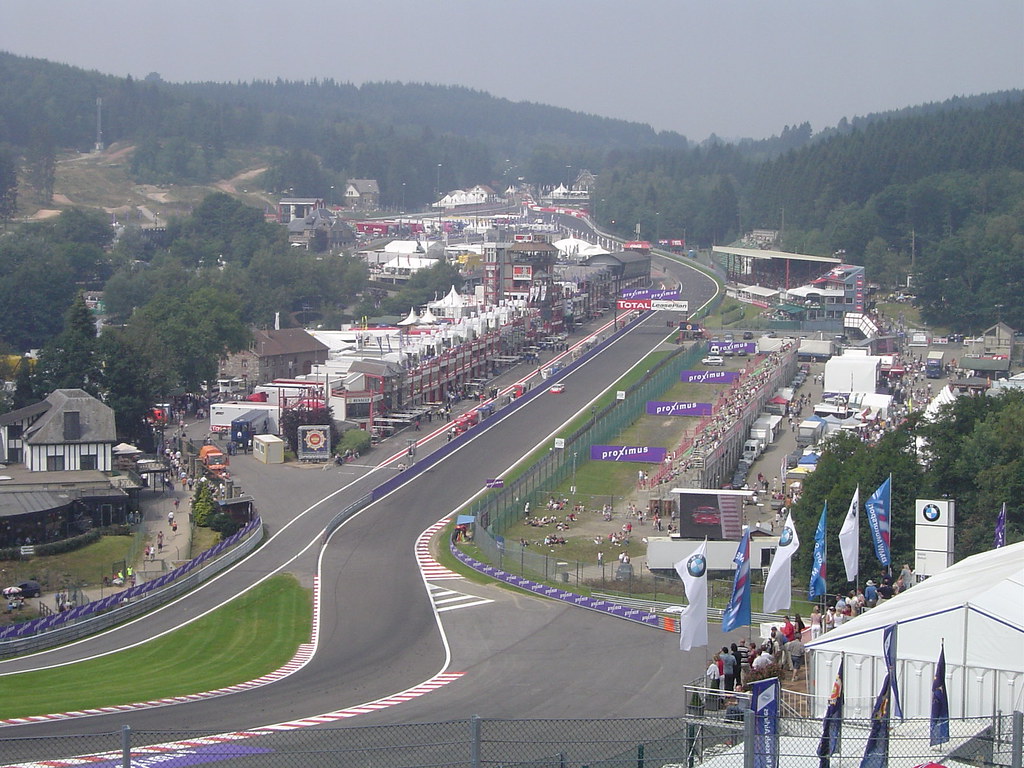
Spa-Francorchamps, inaugurated in 1921, is renowned for its challenging Eau Rouge-Raidillon complex. Originally 14.982 km long, it was shortened to 7.004 km in 1979 for safety reasons. The circuit hosts the Belgian Grand Prix and the 24 Hours of Spa, attracting drivers with its fast, flowing layout and unpredictable weather conditions, where one part of the track can be dry while another is wet.
Related: The 15 Best Wet-Weather Drivers in F1 History
2. Silverstone Circuit (United Kingdom)
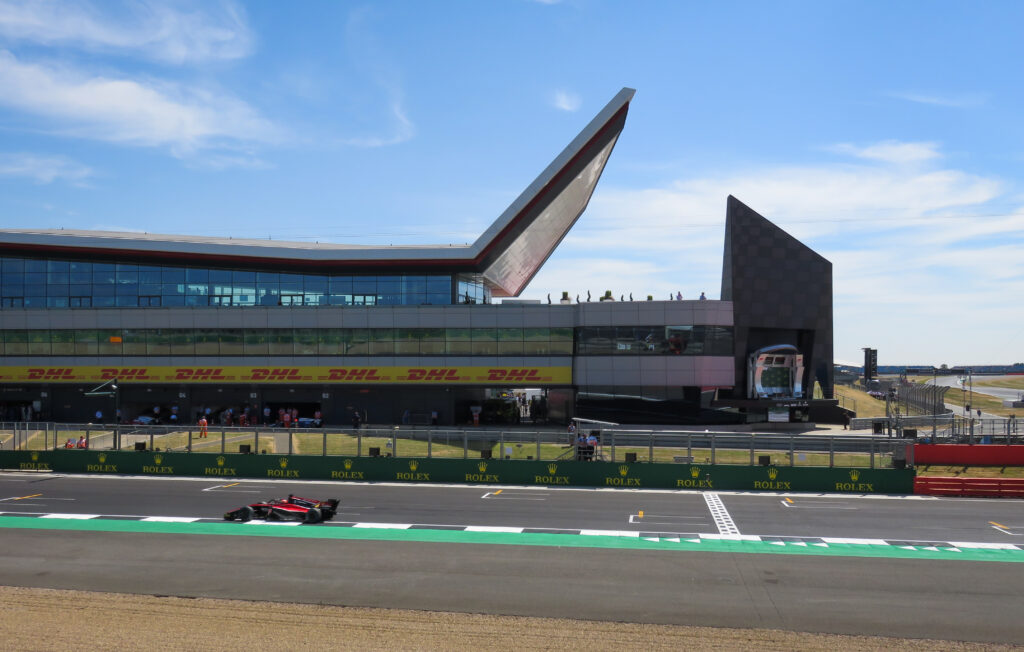
Silverstone, the home of British motorsport, began as an RAF airfield in 1943. Its first unofficial race in 1947 was nicknamed the “Mutton Grand Prix” after a sheep wandered onto the track and was accidentally hit by a car. Since hosting the first Formula One World Championship race in 1950, Silverstone has evolved into a world-class facility, blending high-speed straights with technical corners.
Related: Meet the Best F1 Drivers of the Last Two Decades
1. Circuit de Monaco (Monaco)
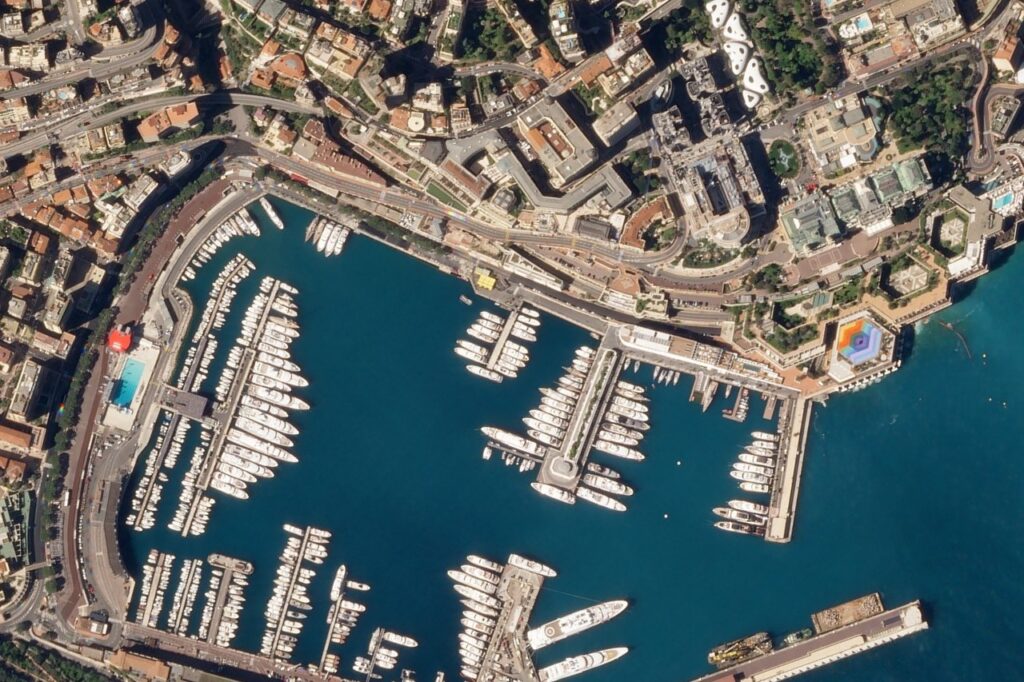
The iconic street circuit in Monte Carlo has held races since 1929. Known for its tight corners, elevation changes, and glamorous backdrop, the 3.337-kilometer circuit challenges drivers with its narrow track and unforgiving barriers. The circuit’s unique features, including the famous tunnel section, make it a test of precision and skill. The Monaco Grand Prix was part of the first Formula 1 World Championship in 1950 but has been held every year since 1955.
Related: Ranking the 10 Best Red Bull Racing F1 Drivers of All Time








